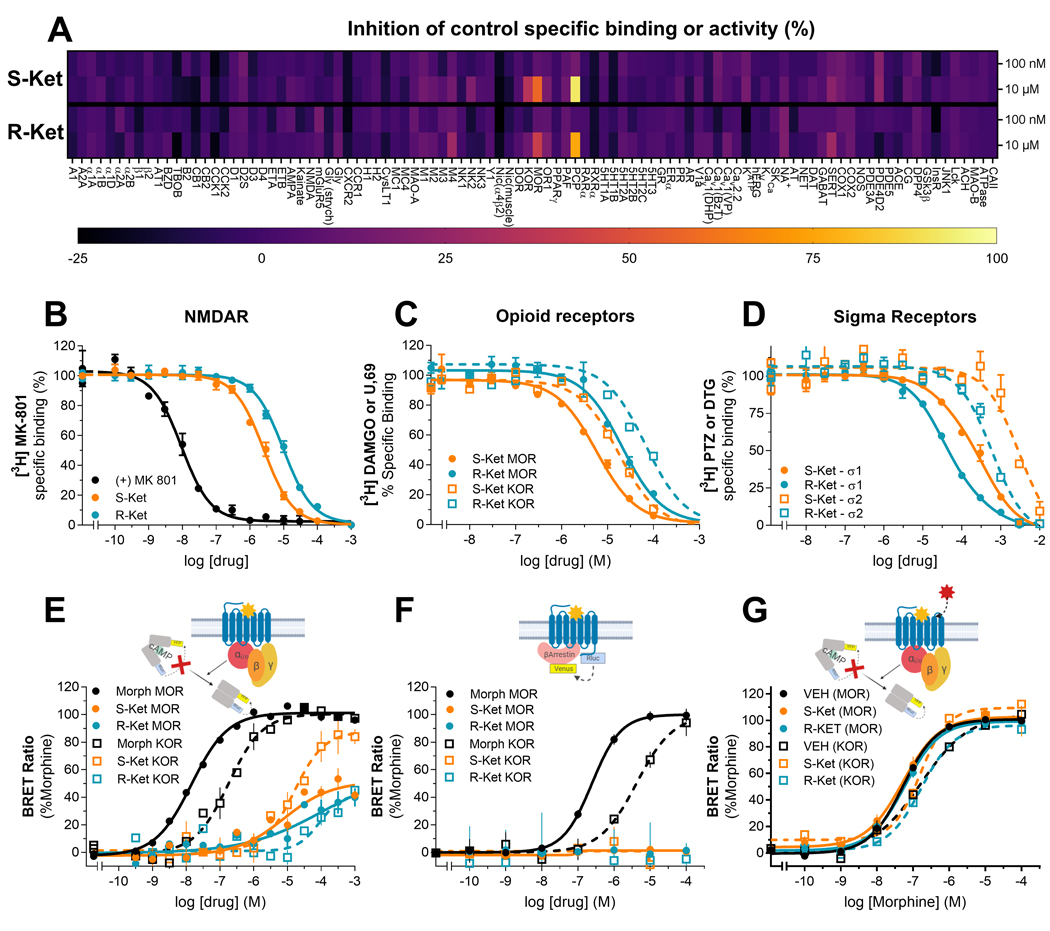Figure 1. Divergent pharmacodynamics of ketamine enantiomers.
Receptor and enzyme competitive screen at two concentrations (100 nM and 10 μM) of S- and (R)-ketamine (A). Competition binding assays of (S)-ketamine (orange) or (R)-ketamine (blue) enantiomers versus radioligands labeling NMDA receptors (B), opioid receptors (C): MOR (solid circles) and KOR receptors (open squares) or sigma receptors (D): Sigma-1 (solid circles) and Sigma-2 (open squares) receptors. All binding assays were performed in rat whole brain (except cerebellum) membrane suspensions. In vitro signaling elicited by morphine or ketamine enantiomers in HEK-293 cells transiently transfected with MOR or KOR (E-G): ketamine enantiomers activate the G-protein (E) but not ß-arrestin signaling (F), and do not inhibit morphine G-protein signaling (G). All data points are mean ± SEM of representative experiments performed in triplicate (experiments were performed 3 to 6 times to estimate the parameters (Ki, EC50 and Emax) reported in the main text.

